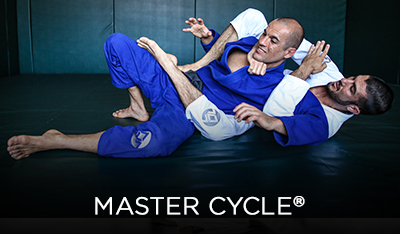

You should be able to explain the advantages and disadvantages of each position from both the top and bottom, and what your basic goals are from each. White Belt, 3rd Stripe Positional HierarchyĮxplain and demonstrate the hierarchy of these grappling positions: rear mount, mount, knee-on-belly, side control, turtle, half guard, open guard and closed guard.
#GRACIE MASTER CYCLE BLUE BELT STRIPE 1 HOW TO#
You do not yet need to know how to escape these positions, just how to safely protect your arms, neck and face. Show the correct defensive postures and grips from these inferior positions:

What are their advantages and disadvantages and what are your goals in each range? How do these change for a BJJ match, a MMA match and a self defense situation? You are not expected to demonstrate any specific techniques in detail, but need to show a basic understanding of the three ranges. White Belt, 2nd Stripe Three Ranges of CombatĮxplain and demonstrate the three ranges of combat: stand-up, clinch, and ground. What is your instructor’s lineage back to the founders of Brazilian jiu-jitsu?.What makes it different than Japanese jujitsu and judo and other martial arts like karate?.Explain what jiu-jitsu translates to and its meaning.Explain how jiu-jitsu came to Brazil, and how it developed into an unique system.White Belt, 1st Stripe What is Brazilian Jiu-Jitsu? It’s hard not to be eager to earn your first belt, but if you make your goal to constantly learn and better yourself, the belts will come naturally. The belt represents the recognition of your instructor for your dedication and skill. Remember that your goal should not be to get a piece of colored cotton, but to improve your jiu-jitsu, your mind and your body. Try to find a training partner who wants to put in extra work, ideally another white belt who is also preparing for their next test too. If you need help learning something required for a test, you should ask your instructor or a more experienced student for guidance. A basic knowledge of takedowns, positions, strategy and submissions is also needed, but a deep understanding and flawless execution is not expected or required. The focus of a white belt trying to earn a blue belt should be on learning defenses, escapes, good habits (like defensive postures and good base) and self defense, and those are where the most technical proficiency is expected at testing. The formal tests below give us a chance to ensure you are gaining the necessary knowledge and skills to build a solid foundation in Brazilian jiu-jitsu.

Your instructor is already gauging these daily. Other important factors also play a role in your promotion, such as how long you have been training, your attendance record, your behavior in and outside the gym, your performance against resisting opponents, your tournament performance, your physical conditioning, previous martial arts experience, etc. The goal of these requirements is to clearly explain what is expected of you as you earn stripes on your white belt and eventually test for your blue belt in Brazilian jiu-jitsu. The purple belt and up are not really about what techniques you know (you’re assumed to know all the important ones by then) but other qualities like timing, use of combinations, depth of knowledge, etc. My reason for requiring so many techniques at blue belt is I feel that is the right time to make someone show you they are aware of the breadth of BJJ fundamentals, without worrying too much about how deep their knowledge is or how skilled their performance is. These requirements may seem exhaustive, and the blue belt test may seem like too many techniques, but I don’t expect anyone to pass these with 100% accuracy.

If it ever does become a real standard for my students, then it will remove the guesswork so my students know exactly what to expect. So this may just be an exercise for me laying down what I’m looking for in a blue belt, even though I may never run these tests. A good instructor gauges their students’ progress and readiness for promotion through daily training. Some people object to formal belt tests, and I understand their usual criticisms, especially if there’s a price for testing. I’m sharing them here since the feedback from those who have read them has been positive, and they may help direct those who are having trouble figuring out what to work on. These are idealized, since I don’t actually rank anyone or run a school, and I don’t know how practical all the testing would be. After discussing belt tests with Marshal Carper, I felt like writing up what my blue belt requirements would be.


 0 kommentar(er)
0 kommentar(er)
